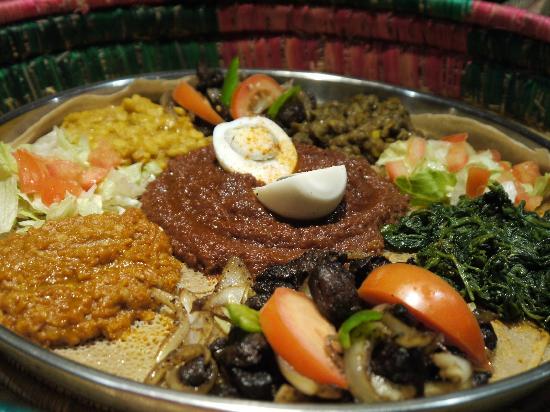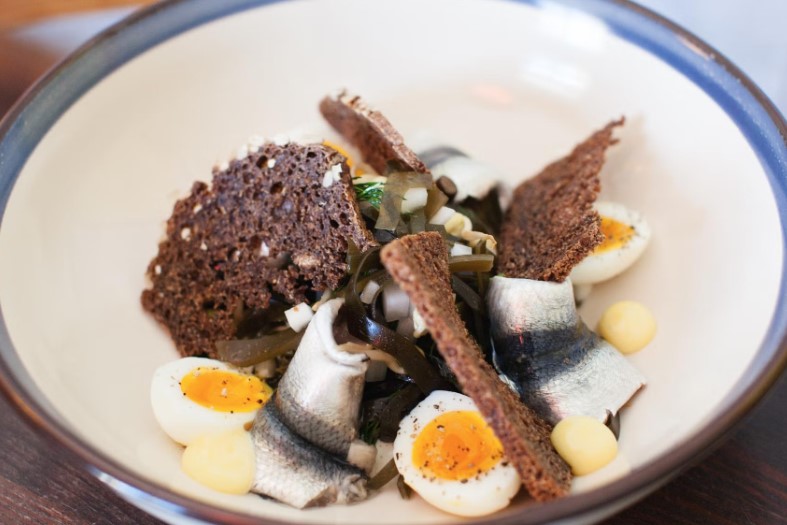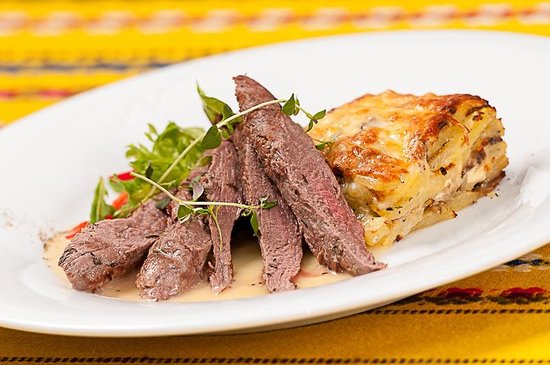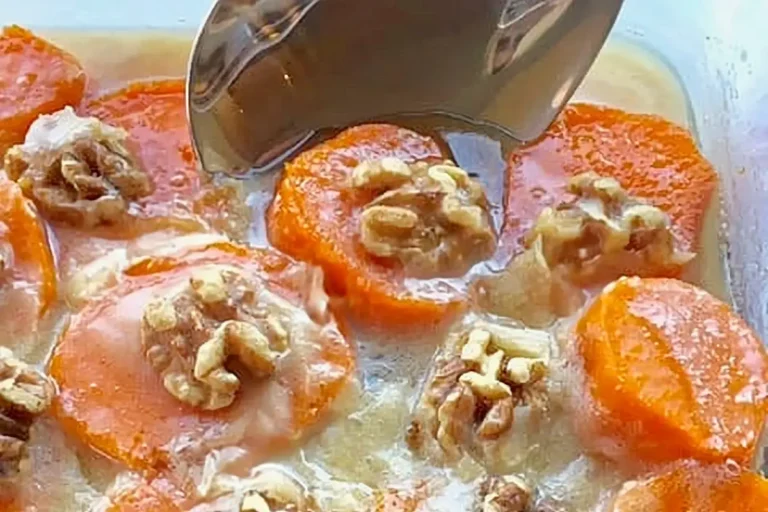Introduction: Eritrean Street Food Scene
Eritrean cuisine is a fusion of different cultures influenced by various regions, including Arabic, Ethiopian, Turkish, and Italian. The country’s unique topography and climate have also contributed to the diversity of the ingredients used in Eritrean cooking. Eritrean cuisine is characterized by its bold flavors, generous portions, and communal eating culture.
Apart from traditional restaurants and cafes, Eritrea has a thriving street food scene. The street food vendors are known for their delicious and affordable snack foods, which are perfect for on-the-go eating. Eritrean street food has gained popularity among locals and tourists alike, and several street food festivals and events celebrate this unique culinary tradition.
Understanding Eritrean Cuisine and Street Food
Eritrean cuisine has a variety of dishes, and the street food scene offers a range of snack foods that represent the country’s culinary diversity. Some of the most popular street foods in Eritrea include injera, a sourdough flatbread that is a staple in Eritrean cuisine. It is often served with a variety of stews and dips, including zigni, a spicy meat stew, or shiro, a chickpea-based dip.
Other popular street foods include buna, a traditional coffee served with popcorn, and ful, a fava bean stew served with bread. Eritrean street food vendors also sell sweets and desserts, including halva, a sesame seed-based dessert, and zlebia, a deep-fried dough coated in sugar syrup.
Eritrean Street Food Festivals and Events
Eritrea has several street food festivals and events that celebrate the country’s unique culinary traditions. These events attract food enthusiasts from all over the country and beyond, who come to sample different street foods and experience the vibrant culture of Eritrea.
Asmara Food Festival: A Popular Street Food Event
The Asmara Food Festival is one of the most popular street food events in Eritrea, held annually in Asmara, the country’s capital. The festival features an array of street food vendors, selling traditional snacks and treats. Visitors can sample different dishes, including shiro, zigni, and injera, and enjoy live music and cultural performances.
Keren Street Food Festival: A Celebration of Flavors
The Keren Street Food Festival is another popular event that celebrates Eritrean street food. The festival is held in Keren, the country’s second-largest city, and features a variety of street food vendors selling local delicacies. Visitors can enjoy traditional dishes such as ful, buna, and zlebia, as well as live music and cultural performances.
Massawa International Food Fair: A Culinary Journey
The Massawa International Food Fair is an annual event that features street food vendors from Eritrea and other countries in the region. The fair is held in the historic city of Massawa, and visitors can sample a range of international cuisines in addition to Eritrean street food. The fair also features cultural performances and activities that celebrate Eritrea’s diverse heritage.
Other Eritrean Street Food Festivals and Events
Apart from the above events, Eritrea has several other street food festivals and events that celebrate the country’s unique culinary traditions. These events are held in different parts of the country and offer visitors a chance to sample different Eritrean street foods, including traditional snacks, sweets, and desserts.
Conclusion: The Future of Eritrean Street Food Festivals
Eritrean street food festivals and events are playing a crucial role in promoting the country’s unique culinary heritage. As these events continue to gain popularity, they are also helping to create employment opportunities for street food vendors and other small businesses in the food industry.
In the future, we can expect to see more Eritrean street food festivals and events that celebrate the country’s unique culinary traditions. These events will continue to draw food enthusiasts from all over the world, providing them with an opportunity to experience the vibrant culture and flavors of Eritrea.










